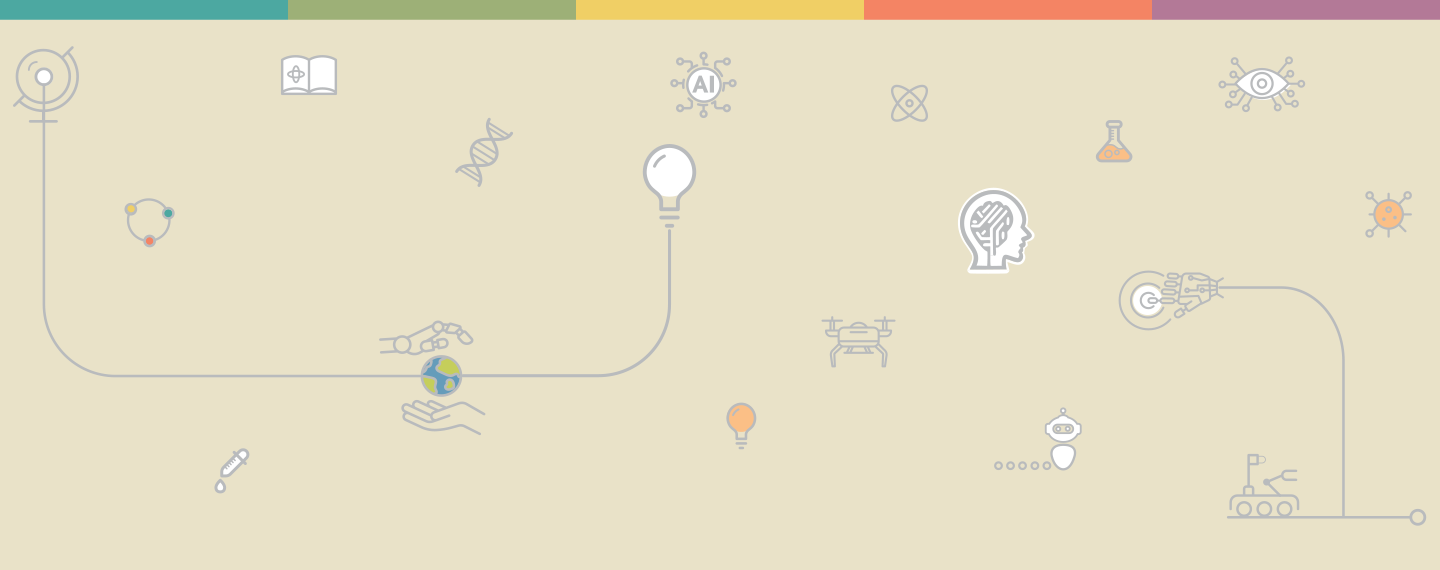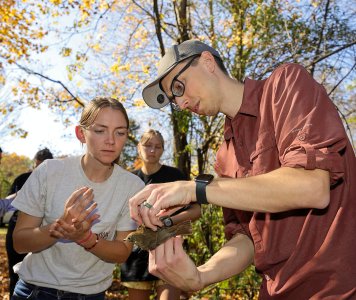Is AI for the Birds?

 Is AI for the Birds?
Is AI for the Birds?
By Dustin Reichard (OWU Associate Professor of Biological Sciences)
The release of ChatGPT in late 2022 created a tangible sense of unease in higher education. This new technology was met with open arms by some ("We can co-teach with AI!") and active hostility from others ("It should be banned!").
My own world was about to be disrupted by the arrival of our second child in February 2023, so my response to the arrival of AI was something along the lines of, "that's a future-me problem."
After my parental leave, I returned to the classroom in fall 2023 and started to wonder how to approach this new normal. Banning AI didn't seem feasible or productive, so I decided to embrace AI and try to teach my students how to use it effectively and ethically.
I started requiring students to ask an AI chatbot to write a draft of their research papers before they wrote anything themselves. Students had to share the AIgenerated draft with me, and they had to reflect on its strengths and weaknesses. This approach taught the students to use AI to brainstorm, and it allowed me to compare the AI-generated text to the student's eventual writing to avoid plagiarism.
Most students found the exercise to be helpful. However, the students also identified clear weaknesses in the AI's writing. Most importantly, AI was unable to cite accurate sources for its information.
As AI continues to improve, these weaknesses will fall away. Both students and professionals alike will work collaboratively with AI to generate drafts for grant proposals, research papers, and even entire books. Those that avoid AI will be left behind.
AI has also touched my own research field in interesting ways. Anyone who has used the Merlin Bird ID app to identify birds by sound or photos will know one application of AI to ornithology. In the past, people would train for hours to learn the vocalizations of every bird in the forest. Then they would sit and conduct "point counts" to measure the diversity of birds in an area. Now, we can place a microphone in the woods, record for days, and then ask AI to isolate and identify all the species in the recording. The potential applications of AI for studies of animal communication and conservation are staggering.
On a related note, the optics company Swarovski started selling the first "smart binoculars" in February 2024. These binoculars include a camera integrated with the Merlin Bird ID app, which allows the user to sight a bird in the binoculars and receive an immediate identification. Although the cost (about $5,000) will be prohibitive for many, this new technology is clearly going to be a game changer for bird identification.
In the near future, AI will affect nearly every aspect of our lives. It's essential for educators to embrace this technology now so our students enter the workforce prepared to collaborate with AI. As scientists, we have the potential to improve our efficiency and supercharge our data collection and analysis with AI.
Although there is clearly the potential for AI to be misused on a variety of fronts, I am cautiously optimistic for what the future holds.
